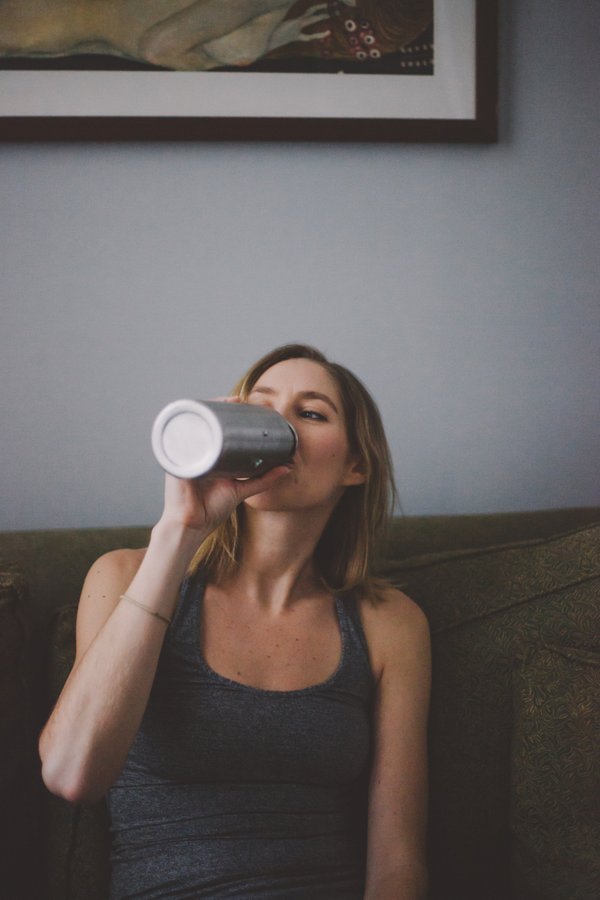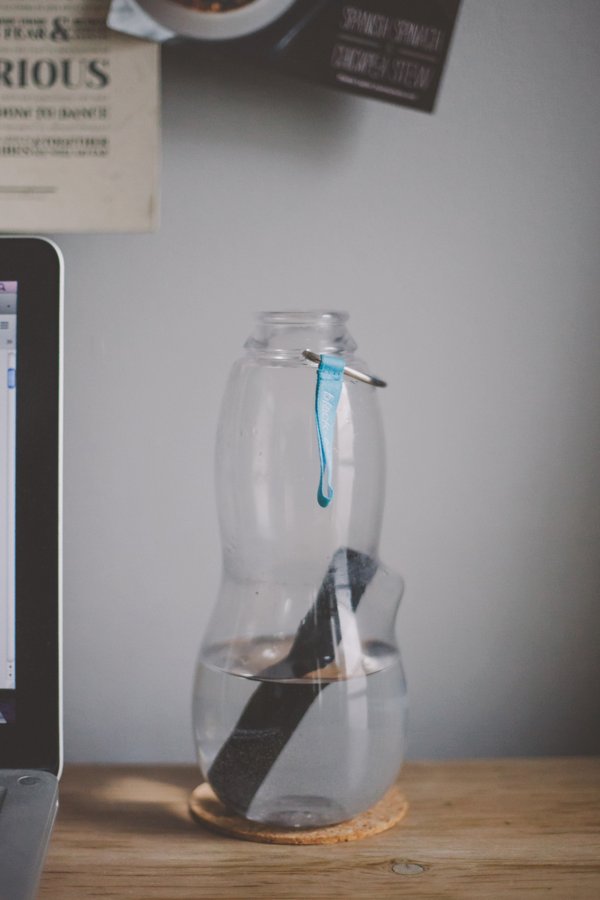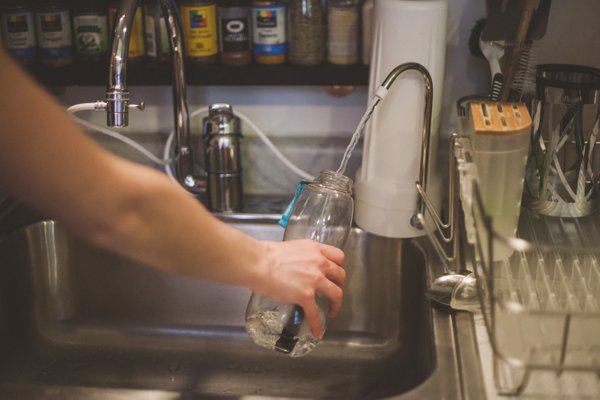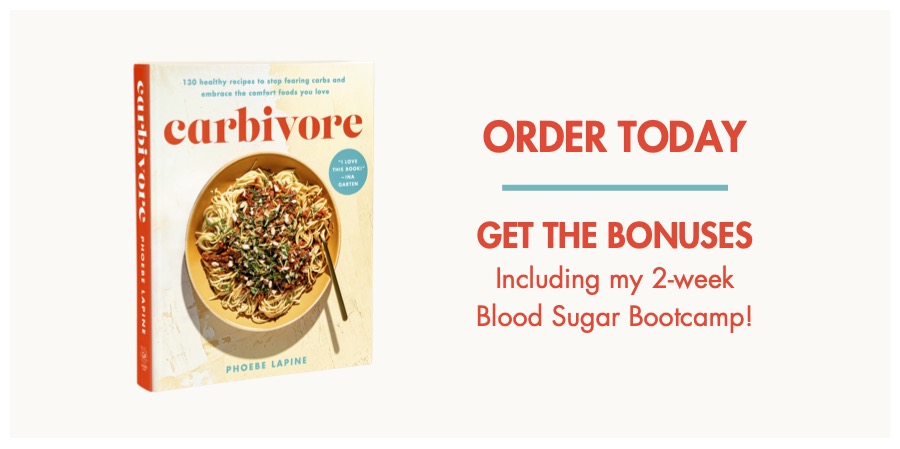
As part of the preparation, I did a crazy amount of reading on the subject of hydration and our bodies. And sadly, there is no drier subject matter in the world than water.
In part because of writer’s block, but also in order to stay awake while pouring through boring studies on agua, I started drinking coffee again for the first time since my vice detox. It’s up for debate whether coffee is actually as dehydrating as conventional wisdom has told us. In fact, several recent studies have tried to bust this myth. Regardless, since I went back to my morning cup of Joe halfway through the month, it was interesting to see how coffee affected my hydration while I was hyper aware of it.
A small study in Germany plied men and women with caffeine to measure its impact as a diuretic—i.e. if it made people pee more. After a day of pounding coffee, the participants’ water weight decreased by an average of 2.7 percent. But the most interesting tidbit was that only 2 of these people reported feeling thirsty!
Water accounts for 70 percent of your body weight, and official dehydration kicks in when you lose 1 percent. So after a day of coffee, and the subsequent minerals and water weight lost by pissing like a caffeinated racehorse, the participants in the German study were well into dehydration territory without even knowing it.
I remember when I was younger reading something about how our bodies often mistake thirst for hunger. I’m pretty sure it was in a Cosmo article about weight loss, and I probably only ingested the information as a way to talk myself into drinking a glass of water instead of housing Raisinets from my dorm room vending machine during bouts of late night studying. Nevertheless, the fun fact stuck with me, and I was able to validate it during my research this month.
The problem is that the sensation of thirst and hunger are generated simultaneously to indicate the brain’s needs.
So many of the experts I talked to at the beginning of my project cited chronic dehydration as one of the biggest barriers to good health. I thought it would also be the easiest to fix. But how can you fix something if you don’t know you have a problem in the first place?
A symptom of dehydration that we most frequently recognize comes in the form of a headache after a night of heavy drinking. I was reminded of this uniquely miserable sensation this past weekend, as my body tried to remind me that I’m no longer 22. So why is it so farfetched to believe that other bodily pain is being caused by dehydration on a more chronic, on-going basis?
When you take an Aspirin for that morning after headache, could it be the water that’s helping you just as much as the pill?
Read on and find out what else I discovered during my month of hydration.
Xo
Phoebe
Banning beverages other than tap water will help you save money, and maybe over time, it can help you regain your thirst mechanism.
Just because a drink contains water doesn’t mean it actually hydrates you. If your body needed calcium, would you reach for a pint of ice cream? Yeah, probably not. Same goes for grabbing a soda when you’re in need of liquid nourishment.
Sugary drinks confuse the brain’s ability to distinguish between thirst and hunger even more.
The perfect storm is diet coke. The caffeine stimulates the brain, even if it’s exhausted, causing it to overuse energy reserves. With normal soda, some of that energy is satisfied in the form of sugar. But with artificial sweeteners, the thirst/hunger craving gets doubled; the taste of sweetness signals to the body that more energy is on the way and then that replenishment never comes.
Have you ever been told that dinner would be ready in 5 minutes, only to have the smells swarm you for another hour in eager anticipation? Think about how your body feels when it’s getting the tease of diet soda—a rush of promise, followed by no actual nourishment. Most of the time this leads to overeating, and studies have shown that this urge to house more food can last up to 90 minutes after the diet soda was consumed.
“Healthy” drinks aren’t really that good for you either – and they’re certainly not a replacement for water. Even though electrolytes are important parts of hydration, Gatorade alternatives like coconut water also have tons of sugar.
Perhaps the worst part about all sweet sippy cups is that they make regular old water seem like the poor man’s healthy drink. Because of this, I decided to go on a beverage aisle fast. For two weeks, I didn’t spend any money on drinks outside my house.
I made Charlie do it with me, and being in possession of a vastly superior willpower, he had a fairly easy time. I, on the other hand, realized how often I buy a “healthy” drink as a treat in place of dessert. Since I cook lunch so often at home, I usually take a mid-day break to get some air. While I’m out, I very often will mindlessly purchase a coconut water or juice. Going without them though made me realize how unnecessary and expensive these drinks are. The best part about the beverage ban was that it saved me a lot of money.
Despite my brief kombucha withdrawal, I didn’t have much trouble acclimating to actually drinking water.
“There’s just no flavor – I need flavor,” Charlie said to me at one point when I handed him a glass of water without lemon juice in it. Over the course of our relationship, I’ve borne witness to several days in which he has gone 24 hours without drinking more than a tablespoon of water. And I’m potentially counting the ice in his Old Fashioned. When I read Dr. F.’s book, I was worried about Charlie’s poor little cells, not mine.
But sadly, the beverage aisle ban didn’t turn out to be enough to make Charlie actually want to drink water. What really made him begin changing his habits, in addition to a seriously naggy girlfriend, was a water bottle.

At first, I used an iphone app to track my water progress throughout the day. But it was kind of annoying to have to constantly be logging glasses in my phone. So instead, I got a water bottle that was roughly 1/3 of my daily quota (your body weight in ounces, divided by two). I was usually able to keep track in my head as to whether I had refilled it three times throughout the day.
I’ve found that buying Charlie free stuff is a good way to get him on board with anything. So for my continued efforts in water manipulation, I got him a nice lightweight stainless steel bottle with 4 small magnets to help him keep track of how many times he’d refilled throughout the day (see lead image of this post).
I found that simply forcing myself to consume half my body weight in ounces was a good barometer of how dehydrated I was before this experiment. It didn’t seem like that much more than I usually drank.
Charlie, on the other hand, is still working his way up to his 4 bottle requirement. He can plow through a six-pack of Guinness in 2 hours. But somehow the equivalent in water is as realistic as asking him to drink all of Lake Erie. I may need to come up with some sort of chugging competition or party game involving a funnel. But in the meantime, I’m happy to see him carrying his bottle around with him. I’ll take what I can get in healthy hedonism baby steps.
The best part about drinking more water was that it became a very special part of my procrastination routine. Legendary composer Stephen Sondheim likes to use the softest pencils possible when he works so that he has to get up more often to sharpen them. I found a similar beauty in having a water glass by my side that constantly needed to be refilled. Have I mentioned I have writer’s block? Gah.
The hardest part about my hydration experiment was weaning myself off drinking water at meals. I missed it in the same way I missed ending dinner with something sweet during my month of no sugar. I craved the water as a palate cleanser. Without it though, I noticed flavors a lot more – specifically how salty and spicy things were. Face melting Thai food was a particular struggle.
But it made it easier for me to avoid unfiltered water when I was eating out on the town. I tried to pound water before I left my house and skipped the tap water at restaurants.

A ton of articles, including this one, convinced me to stop putting off upgrading my dinky pitcher filter to a countertop model. I ended up getting one of these, which was efficiently installed by my Task Rabbit since Charlie was not qualified for plumber duty.
Knowing all the harmful things I was eliminating made me less paranoid about drinking half my weight in rocket fuel and dry cleaning solvent everyday. But I was curious if other people would agree that it also tasted better.
So I conducted a nerdy blind taste test to see if twenty of my friends could tell the difference between tap, bottled, and filtered water. Charlie, who fancies himself a water snob, was convinced he would crush this exam.
Three people got all the waters right. And annoyingly, Charlie was indeed one of them. Which has only added to his claims that, if he really wanted to, he could become a water sommelier.
I also made people fill out their taste preferences, and felt very validated that the filtered water won by a small margin over the bottled. The data, I admit, was meager. But I’m hoping it adds to my case for buying a water filter over bottles.
When I’m traveling, I now try to bring along this awesome water bottle that fits a 5 inch Japanese charcoal stick to filter on the go. And I’ve legitimately gotten more compliments on it, particularly from stewardesses, than any item of clothing I own.
If the best part about my new filtered life is better tasting water and fewer water-related fears, the worst part is an increase in my own water snobbery. I hardly have as sophisticated a water palate as Charlie, as he often reminds me. But I’ve become more sensitive to the smell of chlorinated water. In Tennessee, the water was so heavily treated, that I smelled like I had just swum laps in a pool after my bath.
As much as I’ve wanted to eliminate all the chlorine and other toxic substances from my everyday water, I’ve been trying not to live in fear. I know that drinking impure water is better than drinking no water at all. Your liver was designed to be your own personal water filter and make sure toxins are eliminated properly. But none of your organs can properly function without water. When in doubt, I try to relax and take a sip.
The Wellness Project is now a book! It’s part memoir, part health primer, with 20 inflammation fighting recipes for clearer skin, better digestion, and a thriving thyroid. (Because who doesn’t wake up in the morning wanting a thriving thyroid?!). You can read more and preorder here. To read up on past experiments and get more tips from the trenches, click here.

Great piece! Can I mention overhydration? Seriously, it’s really a thing. I once downed a gallon of distilled water as part of a cleanse and ended up in the emergency room disoriented and raving. #seriouslylookitup
yes! I think that’s what happened to me actually both times I was dehydrated. I drank a lot of water, but didn’t eat anything. So I just flushed out all my minerals–sodium, potassium, etc. Since you were drinking distilled water, which takes out all the minerals, that’s probably what happened to you.
It’s true my stomach was empty too the whole time I was sluicing myself with water. So that must be another factor as you point out.
exactly 🙂
This is a great write up. After years of subtle stomach aches and cramping with no explanation in regards to my food diet or otherwise, it dawned on me that I may be chronically dehydrated. I drink water frequently but have always known that I could most likely benefit from drinking much more water.
So for the last month I’ve been drinking way more water than I used to, but still slowly building to the ultimate goal of half my body weight in ounces, and I have definitely noticed a big difference.
That’s so amazing to hear Jacyln! Water in such a magical elixir. I’m glad that’s you’re experiencing some relief with that tweak. xo
Check this out! HOW TO MAKE BUTTERMILK, Episode 1 of Serena Wolf’s(Domesticate Me) YouTube series #JustTheTip is out! Buttermilk this opportunity while you can. #foxwolfnyc #domesticateme
https://www.youtube.com/watch?v=HcKO_IR8aU8
Hey Phoebe,
Good to know your new challenge. Water is now a part of my lifestyle. Thanks for the motivation 😉
Yay! Thanks for reading Veronica!
We agree that water is key to hydration, and our member companies offer myriad bottled water options to help busy people meet their hydration needs on-the-go. With that said, diet soft drinks are 99% water, and are proven to be a helpful weight loss tool. In fact, research debunks the myth cited here that diet soft drinks and the low-calorie sweeteners they contain trigger increased cravings for sweet foods and beverages: http://bit.ly/Ik4zjC. In sum, soft drinks can be part of a healthy balanced diet, and our industry provides a wide range of options so that consumers can pick and choose how they prefer to hydrate.
-American Beverage Association
Thanks for sharing. It’s the philosophy of this site that the best weight loss tool, and the centerpiece of a balanced diet, is real unprocessed food, not a drink that’s loaded with an artificial sweetener that’s 200 times sweeter than sucrose and has been associated with an increased risk of cancer through numerous studies. But then again, I don’t profit from the sales of diet soda, so what do I know?
http://www.ncbi.nlm.nih.gov/pubmed/20886530
Thanks for the insight, Phoebe. I experienced dehydration while suffering from the flu my last year of undergrad. It was a horrible experience! So, I know all to well the importance of what you’re sharing in this post. I’m going to try and lessen my intake of my beloved Poland Spring and purchase the filter and water bottle you featured.
Happy Friday!
http://www.lovecompassionatelee.com/thinkoutloud/2015/5/15/5152015
that’s awesome!! I hope you do! a new fun fact I learned in light of the CA drought: it takes 3 bottles worth of water just to produce 1 bottle of bottled water. crazy!